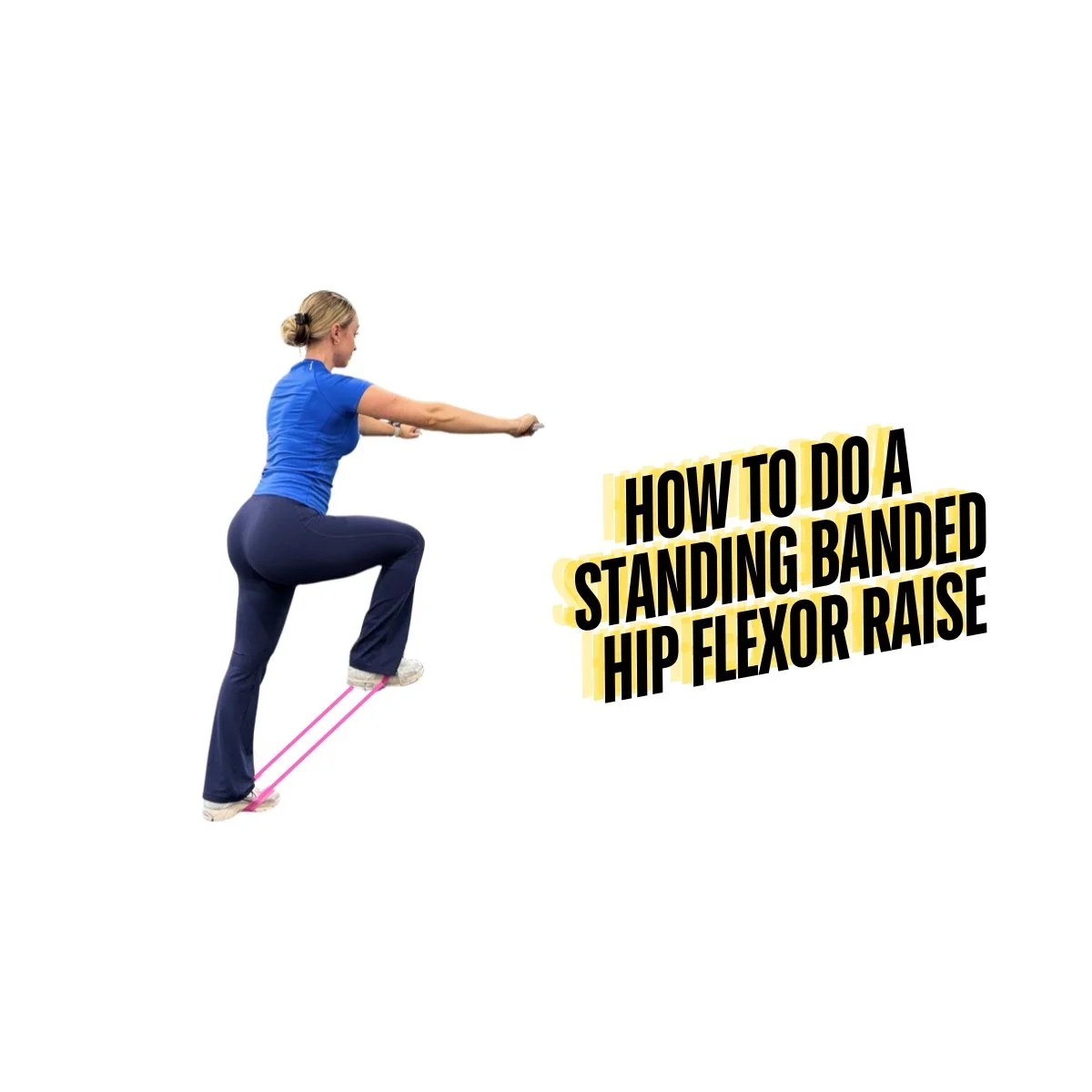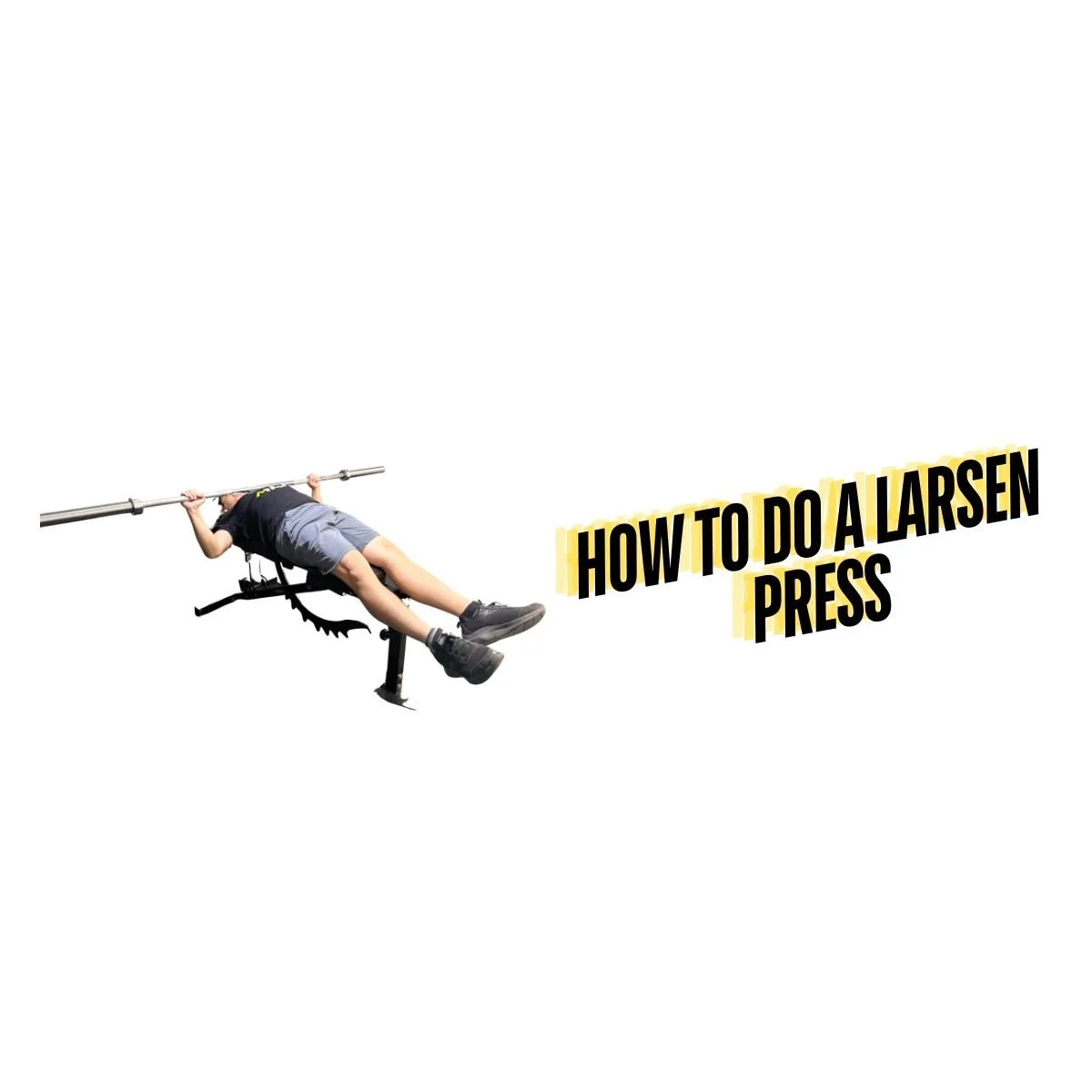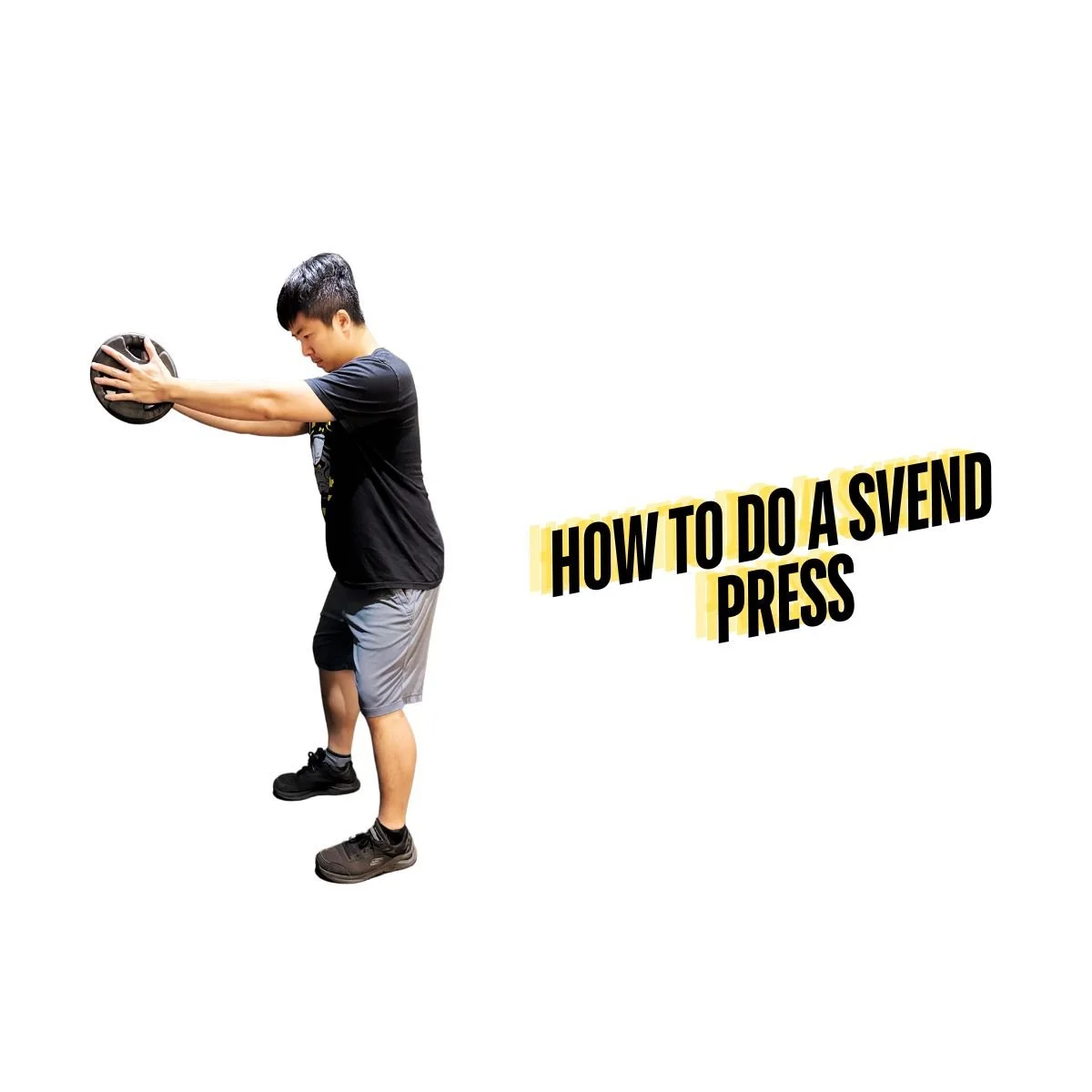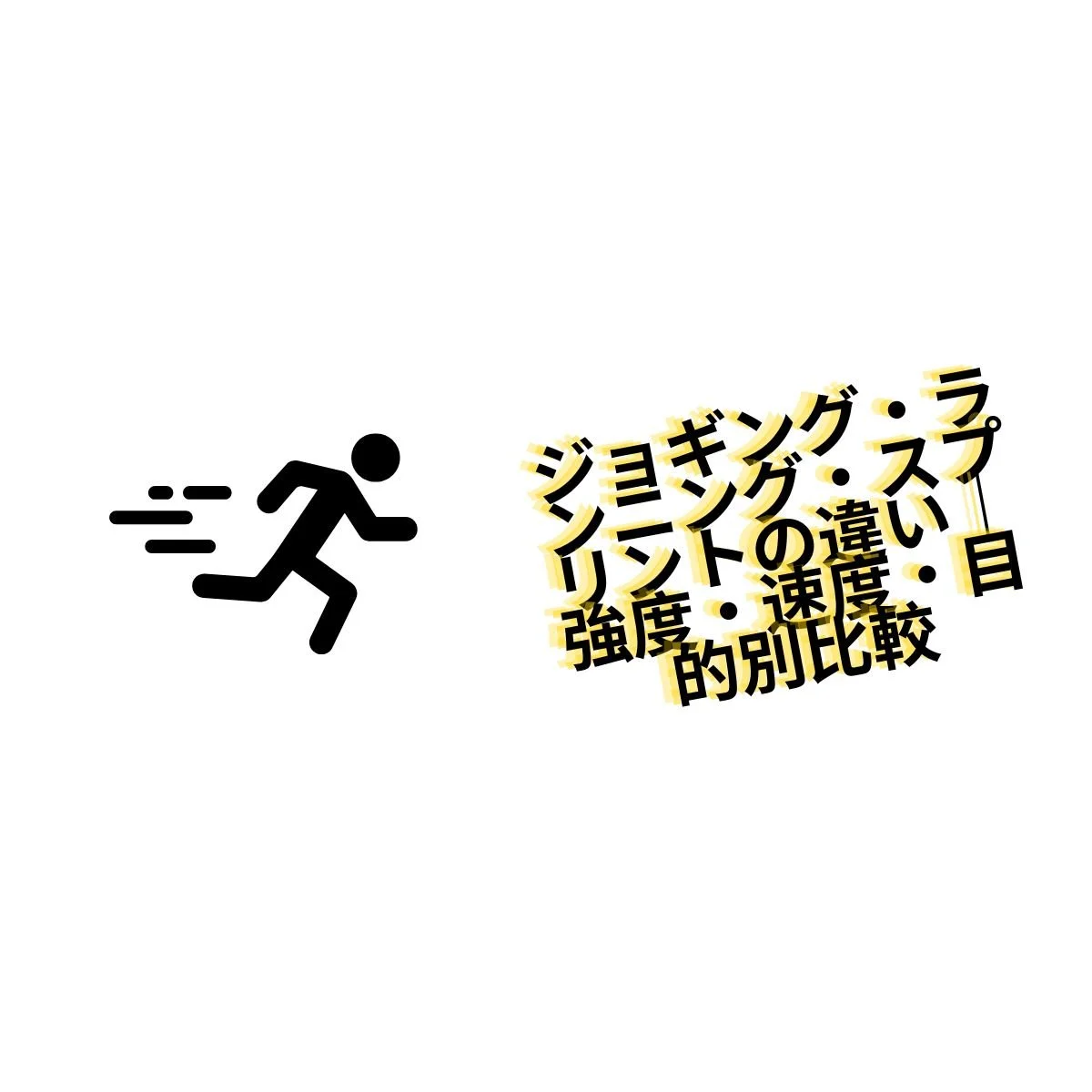The Popliteus: The Muscle Located Behind the Knee
Table of Contents
What Is the Popliteus Muscle
The Popliteus is a very small muscle located at the back of your knee that helps to support and stabilize the knee joint. An interesting fact about the Popliteus is that all of the muscles in the lower leg compartment influence and act upon the ankle joint except for the Popliteus! Keep reading to learn more about this small, thin muscle and how it helps us function every day.
Popliteus Muscle & Cadaver
The Popliteus is a small, skinny muscle that can be found at the back of the knee. It is a deep muscle, which means that there are other muscles or structures that can be observed that lay on top of the Popliteus. The Popliteus forms the bottom or floor of the Popliteal Fossa. The Popliteal Fossa is the diamond-shaped area just behind the knee where various nerves and vessels are able to pass.
Popliteus Action
The Popliteus helps us to medially and laterally rotate the knee. This is important to our gait cycle and the stability of our knees. During the closed chain part of the gait cycle (stance phase) the Popliteus laterally rotates the Femur to help initiate flexion into the open chain. During the open-chain part of the gait cycle (swing phase), the Popliteus medially rotates the Tibia to stabilize the knee during flexion.
Popliteus Innervation
The Popliteus is innervated by the Tibial Nerve.
Popliteus Origin and Insertion
Popliteus Origin
The Popliteus originates from the Lateral Femoral Condyle and the Posterior horn of the Lateral Meniscus.
Popliteus Insertion
The Popliteus inserts into the Posterior Surface of the Proximal Tibia.
Popliteus Function
The primary function of the Popliteus is to unlock and stabilize the knee. The knee is considered to be locked when it is in a fully extended position. The Popliteus functions to unlock the knee by initiating flexion of the locked knee.
This is very important in our gait cycle where the knee transitions through flexed and extended positions. As a result, without our Popliteus we would be very stiff! The Popliteus also helps to laterally rotate the femur during knee flexion.
Popliteus Muscle Action
Whenever we begin to bend our knees from an extended position, we are requiring the engagement of the Popliteus. Therefore, the Popliteus helps us to walk, run and perform exercises such as lunges and leg curls.
Popliteus Tendon
The Popliteus muscle has a very strong tendon that is located at one of the muscle’s origins, the lateral head of the femur. It is the Popliteus tendon that helps to stabilize the joint capsule of the knee as the tendon is connected to the lateral capsule of the knee.
Popliteus Tendon Tear
It is possible to rupture the Popliteus tendon, however, an isolated rupture is a rare occurrence. While each tear can differ in severity, generally Popliteus Tendon Tears are treated conservatively and are diagnosed via MRI or arthroscopic examination.
Popliteus Tendinopathy
Overuse of any tendon in the body can result in Tendinopathy. Tendinopathy or tendinosis occurs when a muscle’s tendon begins to break down, often resulting in pain, reduced range of motion, swelling, and decreased flexibility. Popliteus Tendinopathy is uncommon but can occur in those who have a history of knee trauma and athletes.
Popliteus Tendinopathy has occurred in athletes who frequently train on hills or inclined terrain. Common symptoms include pain in the posterolateral knee along with swelling, redness, tenderness, and pain when walking, running especially if the surface is inclined or declined.
If you suspect that you are experiencing symptoms of Popliteus Tendinopathy, you should see the advice of a medical professional to receive the appropriate diagnosis and treatment. Remember that Popliteus Tendinopathy is highly uncommon in non-athletes, so if you are experiencing similar symptoms, it could be indicative of a different pathology such as Iliotibial band Syndrome. Popliteus Tendinopathy is diagnosed using an MRI and various physical tests.
Treatment for Popliteus Tendinopathy consists of medical and non-medical management. Medical management can include the use of oral corticosteroids or a corticosteroid injection. Anti-inflammatories and local anesthetics can also help with the pain. Non-medical management of Popliteus Tendinopathy includes conventional ice, heat, rest, and elevation.
Taping the joint and the use of compression bandages or sleeves have also been said to help alleviate pain and discomfort. If your symptoms persist for more than 6 months with no improvement, surgery may be necessary to remove the tendon.
Popliteus Tendinitis
Popliteus Tendinitis is another way to talk about Popliteus Tendinopathy. Tendinitis is often used interchangeably with Tendinopathy, however, there is a slight difference between the two terms. Tendinitis refers to the inflammation of the tendon that causes swelling and pain.
Tendinopathy is the deterioration of the collagen in the tendon which causes joint stiffness and decreased range of motion. Untreated Tendinitis can lead to Tendinosis, so it is important to address your symptoms as soon as they arise.
Popliteus Tendinitis Treatment
Treatment for Popliteus Tendinitis is generally conservative with rest, ice, compression and elevation. Additional forms of treatment include anti-inflammatories and cortisone shots which your doctor can provide guidance and advice. Additionally, physical therapy is also an available treatment method that can help to speed up recovery, promote better outcomes and reduce the risk of re-injury.
Popliteus Strain
A Popliteus Strain can be the result of overstretching the muscle or tendon. Mild muscle strains can take about 3-6 weeks to heal with the proper treatment and rest. More severe Popliteus strains can result in a partial or complete rupture of the muscle or tendon, in which case surgery may be involved to repair the injury.
Popliteus Tendon Tear
A Popliteus Tendon Tear is the most severe type of injury that can occur to the Popliteus. This means that the Popliteus has been partially or fully torn. Tendon tears can be the result of sudden blunt trauma or occur over time from overuse or an overstretch.
After confirmation of a Popliteus tendon tear via MRI or additional radiology, a treatment plan will be determined based on the severity of the tear. In some severe cases, the treatment plan can consist of a surgical procedure followed by rehabilitation. In general, research has found that if the knee is still stable, a conservative treatment plan will be sufficient, and a surgical procedure is usually not needed.
Popliteus Bursitis
Around our joints, behind the ligaments and tendons are small fluid-filled sacs. These sacs are called Bursae and they can become inflamed as a result of repetitive movements. When the Bursae become inflamed, it is called Bursitis. Popliteus Bursitis is commonly referred to as a Bakers Cyst or Popliteal Cyst.
Popliteus Bursitis is common for those who have experienced trauma to the knee such as a torn ligament or meniscus. It is diagnosed using an MRI and treated conservatively with anti-inflammatories, ice, and rehabilitation exercises.
In some cases, an arthroscopic surgery might be required to remove the Cyst, but this is very rare. Cortisone injections followed by draining of the fluid may also help to reduce symptoms and promote recovery.
Be sure to avoid activities such as jogging or additional aerobics until your injury is fully healed. Most often, with the proper rest, Popliteus Bursitis can go away on its own.
Popliteus Injuries
Popliteus Injuries can be acute or chronic in nature. Acute injuries are those that occur suddenly from trauma such as a tendon tear or strain. Chronic Popliteus injuries are those that occur over time from overuse such as Tendinopathy.
Popliteus Injury Test
There are different tests that a healthcare professional can perform to rule out injury to the Popliteus. Research has shown that isolated injury to the Popliteus is rare, so different tests exist to rule out injury to the muscle.
We can test for a Popliteus strain or tendinopathy by performing a physical test. This test is called the Garrick Test and is performed by your physical therapist to determine if you have incurred an injury to the Popliteus, or if you have sustained an injury to a different structure. Your therapist will have you lie down on your back on an examination table.
They will then flex the hip and the knee to 90 degrees. You will be asked to externally rotate the lower leg against resistance. A positive test is indicated by pain in the location of the Popliteus.
Popliteus Stretches
Most stretches that target the muscles of the Calf will also stretch the Popliteus. For example, stand facing a wall and place both palms on it. Stagger your feet so that the leading leg is bent at the knee and the trailing leg is straight. Lean forwards while keeping your back heel on the floor to increase the intensity of the stretch.
Popliteus Exercises
There are many exercises that will help to strengthen and engage the Popliteus. Here are a few examples below:
Goblet Squat
Perform a squat as usual but hold it for 5-10 seconds before returning to the starting position.
Leg Extension
Sit on a chair with both feet flat on the floor. Extend one leg so that it is straight and hold for 5 seconds. Return to the starting position and repeat the movement. If this exercise is too easy, add ankle weights or a resistance band!
Hamstring Curl
Stand behind a chair and slowly bring one heel up to the Glute. Hold for 5 seconds and return to the starting position. Don’t forget to repeat the exercise on the other leg!
Calf Raises
Stand behind a chair and come up onto your toes as high as you can. Hold for one count and then return to the starting position. Repeat this movement for 3 sets of 10 reps.











